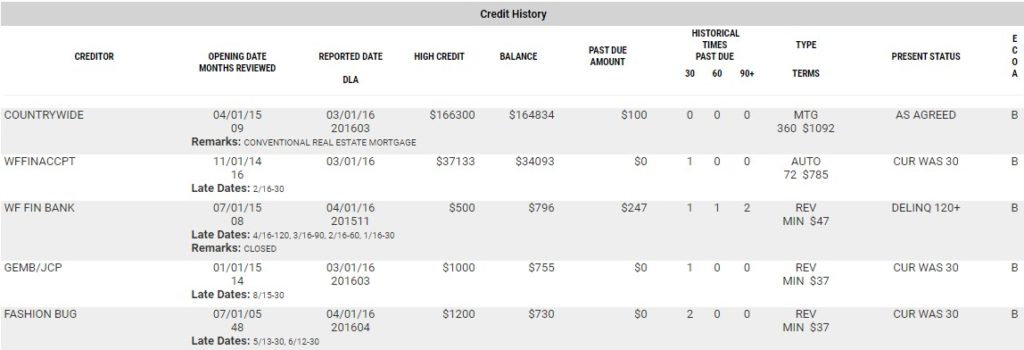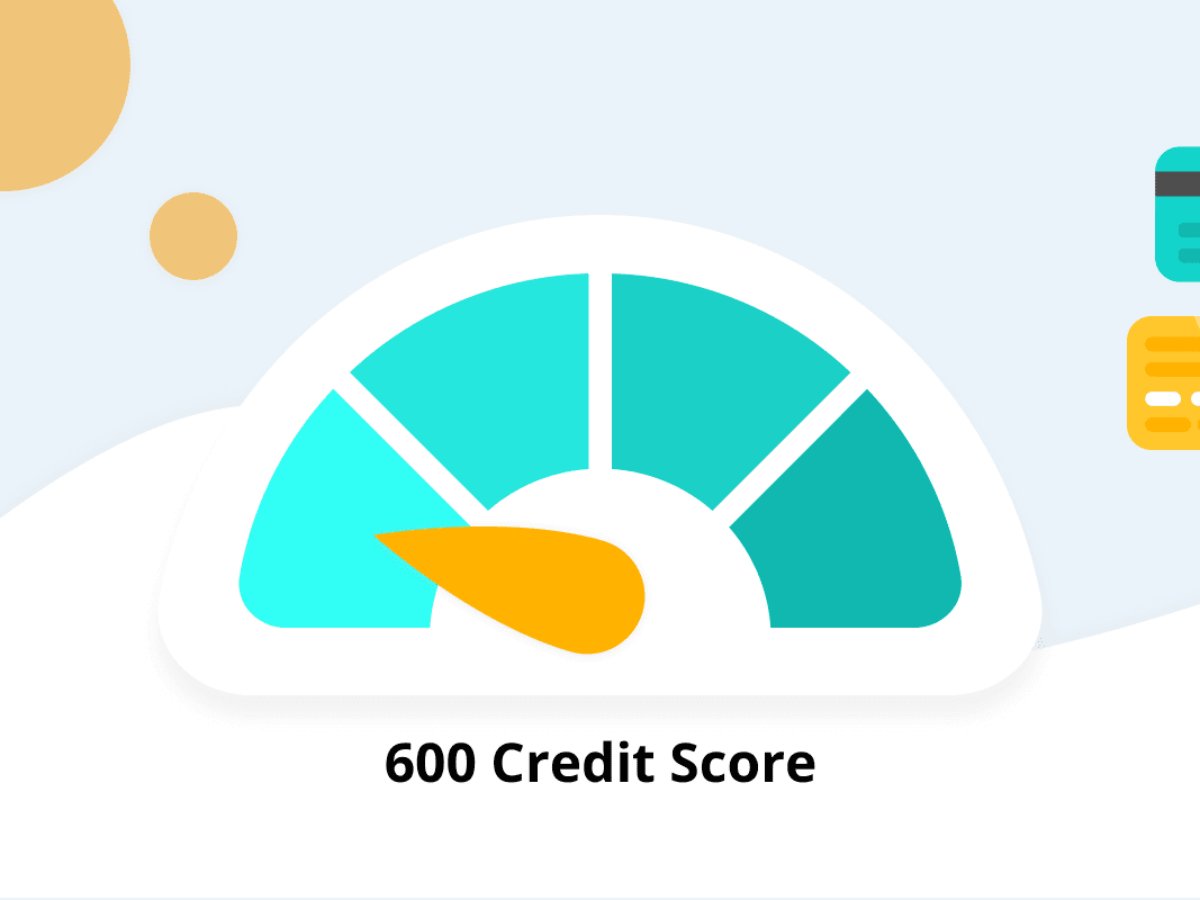
You may be curious about how to lower your utilization rate. There are several things you need to keep in mind. First, know that even if the card balance is paid off before due date, it still gets reported. This data is used to calculate your utilization credit. Second, you should consider how closing a zero balance account will impact your utilization credit ratio.
High credit utilization
A high credit utilization rate can signify that you are living more than you should and is a sign you could default. This can make you ineligible for loans, and can also result in higher interest rates. There are many ways to lower your credit utilization ratio. The first step is to understand why you have a high ratio and then take steps to lower it.
You can increase your credit utilization by having credit card balances. This can damage your credit score, even if you pay your balance off each month. Credit reporting agencies will have access to your monthly statement.
High rate of credit utilization for businesses
High credit utilization rate for businesses is bad because of a variety of reasons. High credit utilization ratios for businesses can be a sign that the company has used too much credit. This could lead to a decrease in credit scores. Second, it may signal a lack of fiscal responsibility or a lack of smart business decisions. Third, it could indicate that a company isn't making the most of its credit.

Credit utilization ratio refers to the percentage of available credit compared to debt. If a company has a $10,000 credit limit and a balance of $500, its credit utilization ratio would be 25%.
Low credit utilization rate for individuals
A low credit utilization rate is one of your best options to improve credit scores. This will demonstrate to potential lenders that your spending habits are controlled. High credit utilization may indicate that you are a risky borrower. Low utilization rates may be a sign that you can repay your debts and keep a good credit rating.
Consider that your credit utilization rate is calculated based upon your total credit card credit balance and not on individual credit cards. Also, you should aim to have a credit utilization ratio below 30%. A ratio below 30% in most cases will signify that you have excellent financial management skills. A ratio higher than 30% could indicate financial difficulty.
Credit utilization ratio after closing a zero balance account
You might be curious about the impact of closing your zero balance account on your credit utilization ratio. Credit utilization ratio (or credit ratio) is a number that tells creditors how much your credit limit you have. For example, 10% credit utilization will result if your credit limit exceeds $10,000. Experts recommend keeping this number below 30%. A zero-balance account can increase credit utilization.
Your utilization ratio will also be affected by closing your credit card account. It will also reduce the available credit. This number is calculated two ways. It can be either the balance/credit unit ratio or the aggregate limit. The second ratio's value is affected by closing an existing account. You still have options that can improve your credit score, credit utilization ratio, and credit score. Experian Boost is a program that can help you improve your credit score and credit utilization ratio. Both programs can be used quickly and are very easy to use.

Increase your credit limit for revolving credit lines
If you're looking to raise your credit limit on revolving lines, you have a few options. You could apply for a card. But, it is important to limit the number of cards you apply for at once. Credit card companies can pull your credit history when you apply to a new card. Too many pulls can cause credit scores to drop.
Revolving credit allows you to access money that you can reuse over and over. Revolving lines are not subject to interest payments. However, you will have to pay interest on the amount you borrow. Businesses, individuals, as well as small businesses can use a revolving credit line. You can use it to make large purchases, or pay for ongoing expenses.